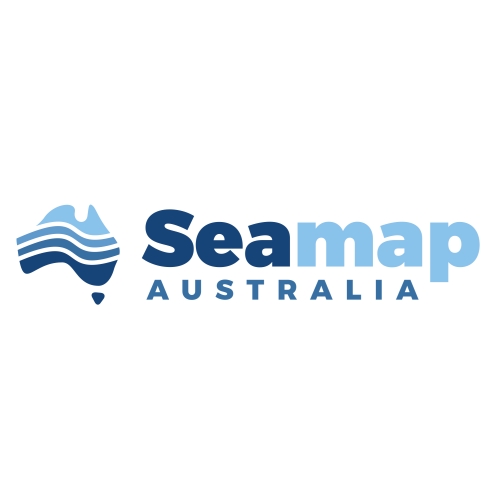Benthic seafloor habitat
Type of resources
Topics
Keywords
Contact for the resource
Provided by
Years
-

The Seamap Australia National Benthic Habitat Layer (NBHL) is a compilation of benthic habitat datasets obtained from various sectors including research, government, industry and community sources, across Australia. These disparate datasets have been integrated into a single national-scale benthic habitat database, and classified uniformly under a national classification scheme implemented as a controlled vocabulary (https://vocabs.ardc.edu.au/viewById/129). Creation of this classification scheme complements work undertaken by the National Environmental Science Program (NESP) Marine Biodiversity Hub (Theme D). The Seamap Australia NBHL can be viewed, analysed and downloaded from the Seamap Australia data portal (https://seamapaustralia.org/map) – a national repository of seafloor habitat data and a decision support tool for marine managers. The NBHL is supplied through Web Mapping Services (WMS) alongside relevant contextual information, in an interactive mapping portal. All habitat datasets in the Seamap Australia data portal, including the NBHL and all local- to regional-scale contributing datasets, are available for download. The Seamap Australia NBHL is a data collection of national importance and highlights the diversity of benthic habitats across Australia’s marine estate. This is the first Australian habitat dataset that seamlessly consolidates data from each of Australia’s state and territory providers. This dataset should be considered a “live” asset and will continue to develop as more suitable validated habitat data becomes available for inclusion, and improvements in data collection and analysis techniques enhance its resolution and currency. The most current (2023) version of the data is available from the following endpoints: WMS: https://geoserver.imas.utas.edu.au/geoserver/seamap/wms WFS: https://geoserver.imas.utas.edu.au/geoserver/seamap/wfs Layer name: SeamapAus_National_Benthic_Habitat_Layer A download link for the full dataset is supplied in the “Online resources” section of this record, along with download links to older versions of the dataset. Note that data is now only available in Geodatabase (.gdb) format as it exceeds Shapefile size limits.
 IMAS Metadata Catalogue
IMAS Metadata Catalogue